Modus operandi
As a preamble, may we point out that our definition of communication management is likely different from the narrow label of press agentry. Based on leading research, we take a larger and more comprehensive view of public relations.
We use what we believe is the optimal work model for the present and the near future.
To us, each client is unique – in its work culture, its goals and aspirations, its makeup of their people, its motivators and de-motivators, geographical spread of its business, to name just a few aspects that differentiate organizations.
Additionally, we have found that various projects under the same client umbrella are different.
Wouldn’t it seem logical that our clients would benefit from having relevant experts for such different needs and issues?
That is why we draw on our global network of contacts to assemble project teams best suited to our clients’ needs.
We have access to writers, graphic designers, SEO optimizers, video production professionals, marketing specialists, and tried-and-tested print houses. Our core consultants manage and direct the projects and the teams.
Using the power of the Internet and communication technology, we are able to connect with the best people for the job at hand, regardless of where they are physically located in the world.
We move away from the traditional bricks-and-mortar corporate office structure to enfold a far-more-efficient virtual workplace.
This offers many advantages:
- One, the fluidity of our approach brings the right talent to our clients. Different project teams may have different team members depending on what expertise our clients need.
- Two, it allows people to work in the comfort of their preferred settings which results in greater creativity, productivity and work-life balance.
- Three, it lowers our cost of operations – a savings we pass onto our clients.
In brief, this model offers the right talent and the right quality at reasonable prices – not a bad deal for our clients, we trust.
How we evolve strategy
We firmly believe that integrated communication strategy must support an organization’s mission, vision and goals.
We also understand that communication, PR and marketing are not isolated islands; rather they are interconnected with and interdependent on all other business functions.
We build communication strategy that accounts for both these axioms.
We are fans of the PESTLE (Political Economic Social Technological Legal Environmental) analysis to understand the ecosystem in which our clients operate. This model affords a multidimensional and broader assessment, including risk and opportunity.
Using informal conversations, in-person interviews, focus groups and surveys as appropriate, we identify pertinent issues, needs and wants from all layers of the organization.
We develop strategy that is scientifically and logically derived from a mix of qualitative and quantitative data. It is then not based on a single person or power group’s perception of what needs to be done.
Because of its basis on data, the strategy will be genuine and will work for the ground and the middle as much as for the top.

